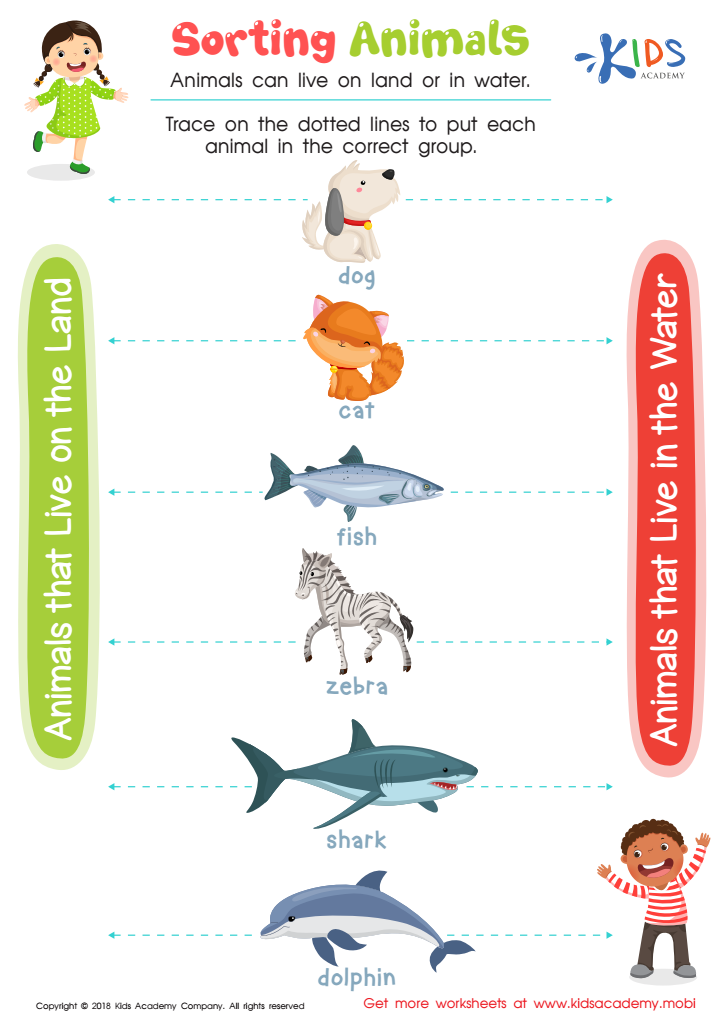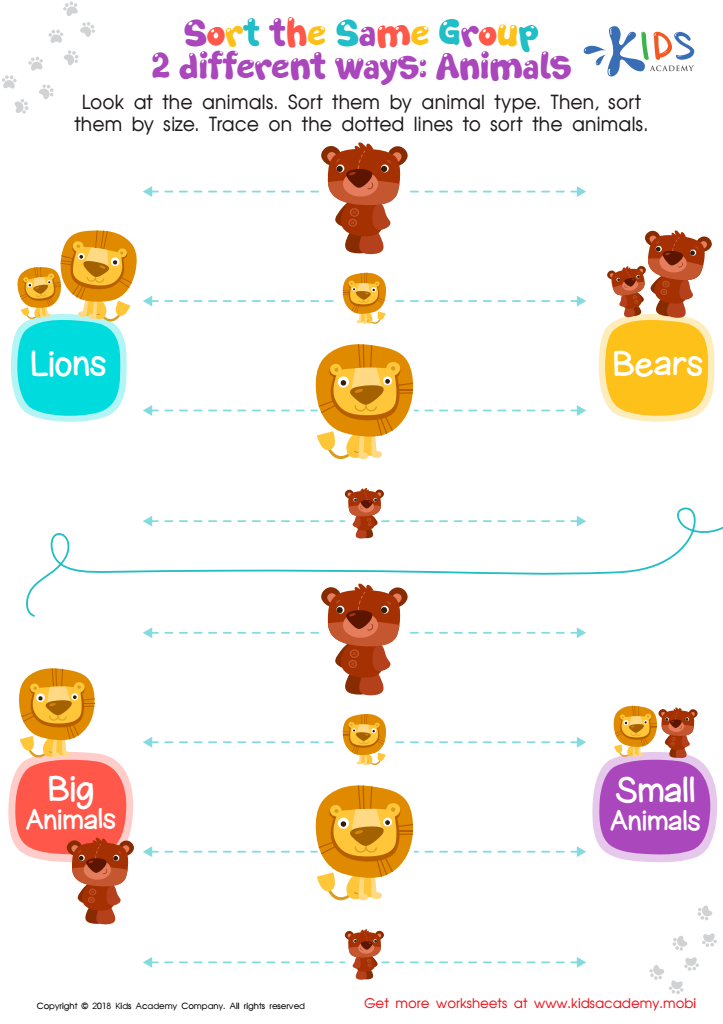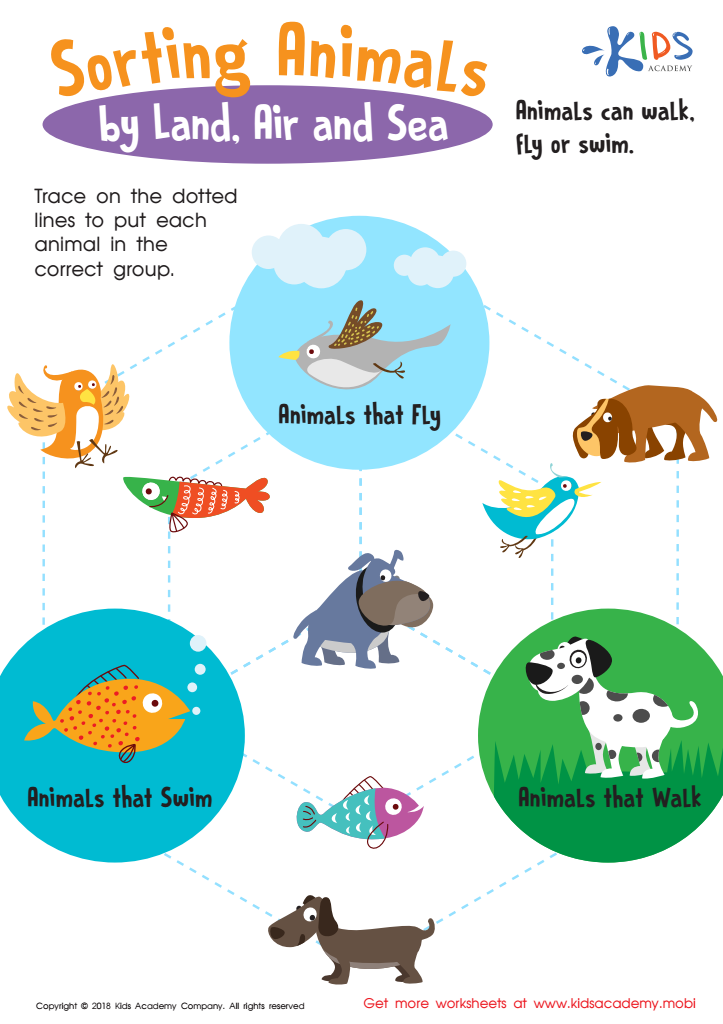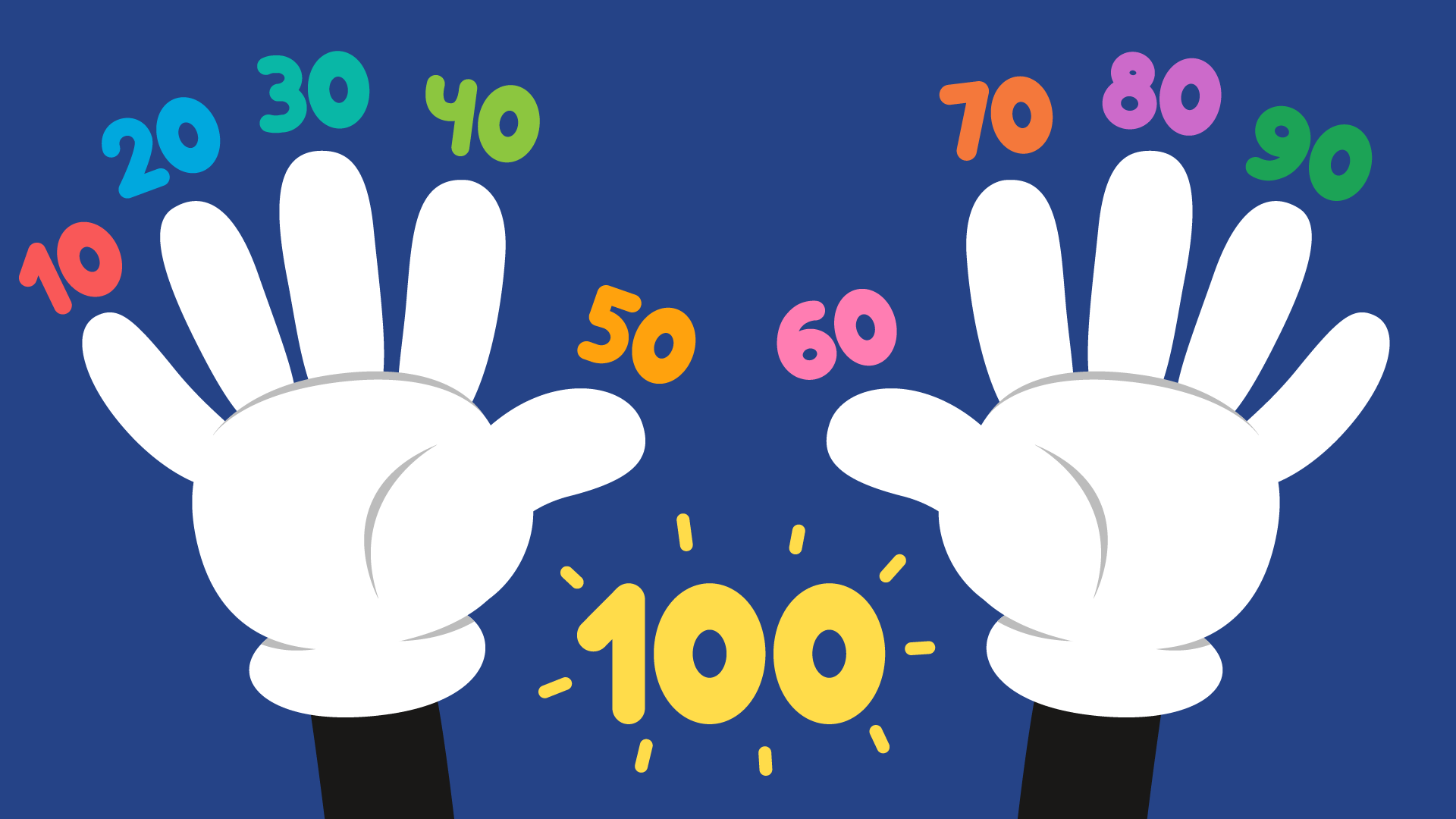Animal Classification Math Worksheets for Ages 4-6
3 filtered results
-
From - To
Discover engaging Animal Classification Math Worksheets designed for children ages 4-6 at Kids Academy! These interactive worksheets combine the excitement of learning about diverse animals with essential math skills. Children will delight in sorting animals by categories, counting, and matching, all while enhancing their early math abilities. Perfect for preschool and kindergarten students, these thoughtfully crafted activities foster a love for nature and mathematics simultaneously. Visit us today to explore our captivating resources and watch as your child embarks on an educational adventure! Make learning both fun and effective with Kids Academy.


Sorting Animals Worksheet


Sort the Same Group 2 Different Ways: Animals Worksheet


Sorting Animals by Land, Air and Sea Worksheet
Parents and teachers should care about Animal Classification Math for ages 4-6 because it combines foundational math skills with early science education, making learning engaging and multifaceted. At this developmental stage, children are naturally curious about the world around them. Animal Classification Math harnesses this curiosity by encouraging children to organize, categorize, and compare different animals based on various attributes such as size, shape, or habitat. This activity promotes critical thinking and helps children develop essential cognitive skills such as pattern recognition, sorting, and classifying, which are fundamental in early mathematical learning.
Using animal classification also fosters language development as children learn new vocabulary and descriptive terms. Furthermore, integrating math with biology can make abstract mathematical concepts more concrete and understandable. For instance, children can count legs, compare heights, or sort animals by the number of body parts, making math interactive and fun.
By caring about Animal Classification Math, parents and teachers support interdisciplinary learning, allowing children to make connections between subjects and apply their knowledge more broadly. This holistic approach not only strengthens academic foundations in both math and science but also nurtures a love for learning and a better understanding of the natural world. Such activities lay a strong groundwork for future educational success.
 Assign to My Students
Assign to My Students





















